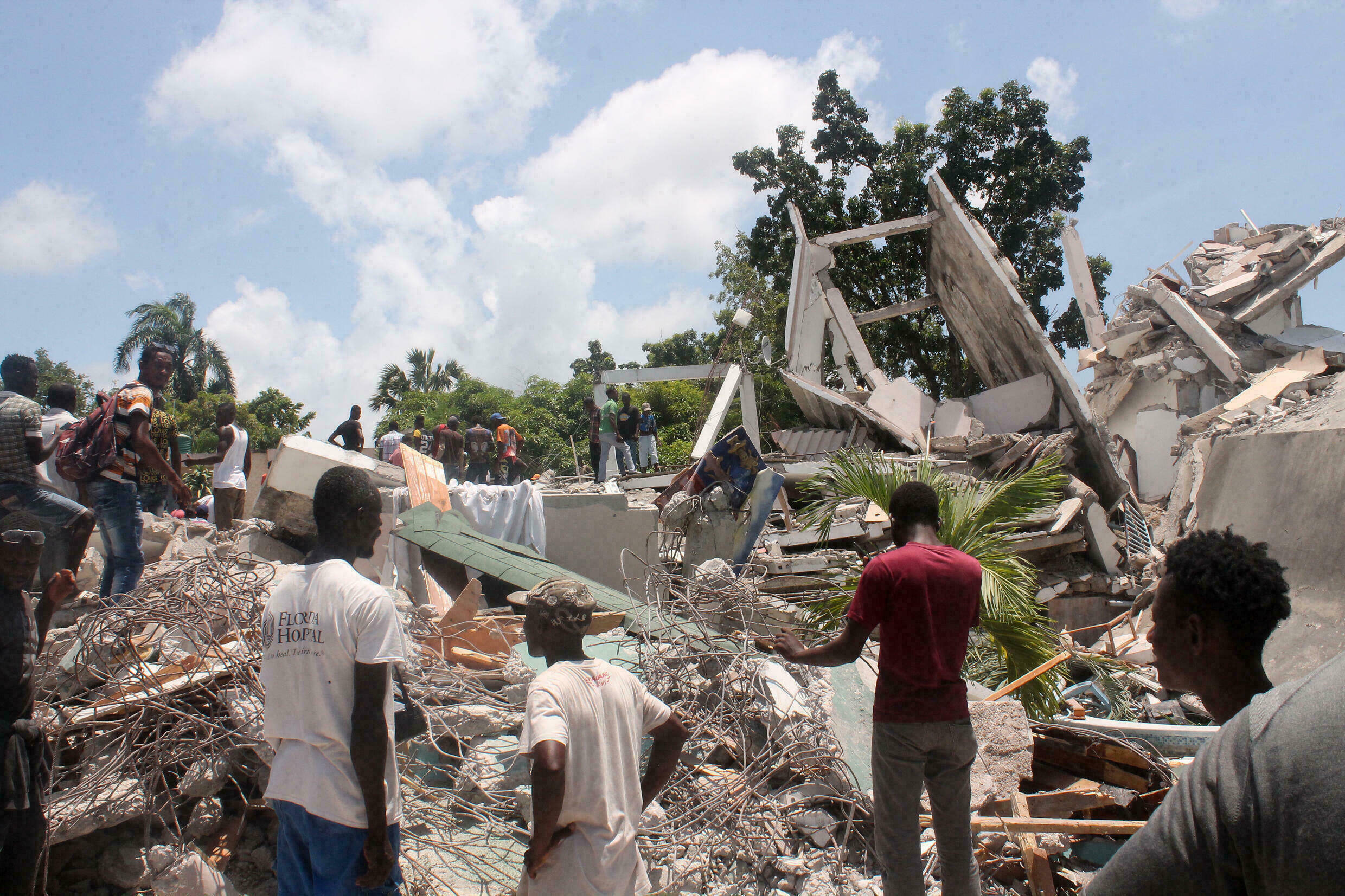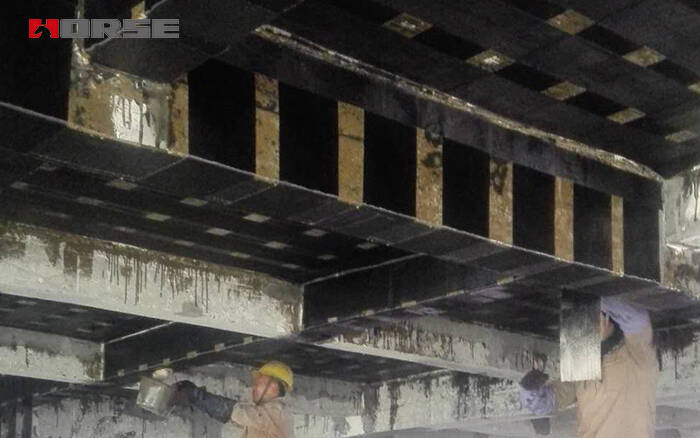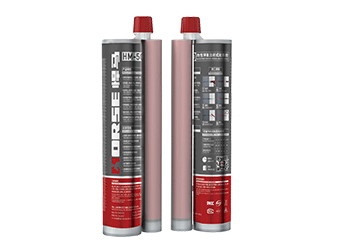Solutions
Horse Construction offers full range of structural strengthening materials with technical supports, documentation supports, products supports, project supports.
Haiti earthquake, there are 2 keywords here-seismic reinforcement

On the morning of the 14th local time, a magnitude 7.3 earthquake occurred in Nipps Province, western Haiti. According to the latest reports from AFP, CNN and other foreign media, Haitian officials said on the 15th that the death toll from the earthquake has risen to 1,297. On the morning of the 14th local time, a magnitude 7.3 earthquake occurred in Nipps Province. Subsequently, many aftershocks occurred in Haiti. The new Prime Minister of Haiti, Ariel Henry, declared a one-month national emergency that morning.
The last serious earthquake in Haiti was 10 years ago. At that time, at 4:53 pm on January 12, 2010, a magnitude 7.0 earthquake occurred in Haiti. The focal point of the earthquake was 15 kilometers from Port-au-Prince and the depth was 8 kilometers. Due to its proximity to the source, Port-au-Prince suffered a greater degree of destructive impact. Haiti and neighboring countries such as Barbados and Dominica may be hit by the tsunami. As of January 26, the earthquake has caused 222,500 deaths and 196,000 injuries. Among the victims in the earthquake were personnel of the United Nations peacekeeping force in Haiti, including 8 Chinese peacekeepers.

Haiti earthquake, there are 2 keywords here-seismic reinforcement
Haiti is one of the most economically underdeveloped countries in the world. It is dominated by agriculture and its infrastructure construction is very backward. The earthquake caused a large number of buildings to collapse. At the search and rescue site, a large number of floor slabs overlap, beams are staggered, and the walls are smashed in the ruins. Large and small steel bars are twisted or like fishing nets to wrap up the ruins. A slight carelessness or aftershocks during the search and rescue process will cause the ruins to collapse again, which brings great difficulty to the demolition and tunneling operations. It can be seen that the earthquake-resistant fortification of buildings and infrastructure is a work that all countries must do well. Especially in today's continuous urbanization, it is urgent to strengthen buildings and infrastructure in earthquake-prone areas and improve seismic fortification standards.
Three commonly used methods for seismic reinforcement of houses:
1.Carbon fiber seismic reinforcement method

Carbon fiber is more common as a reinforcement method, and it is also more extensive for house reinforcement. There are two types of materials: carbon fiber cloth and carbon fiber plate. Carbon fiber reinforcement technology realizes seismic reinforcement of houses through the principle of common force. Carbon fiber cloth has the characteristics of high strength, corrosion resistance and light weight. The more critical carbon fiber cloth has a wide range of applications, and it is a very promising reinforcement method.
2. Additional seismic reinforcement method for components
When the original structure is obviously unreasonable, you can choose to change the overall structure of the house to complete the seismic reinforcement. By changing the structure, the effect of the earthquake is assumed by the newly added components, which will ensure that some components will not be damaged during the earthquake. The components selected for different structures are also different, and more commonly used include adding walls, adding supports, and adding columns. If you want to use this seismic reinforcement method, you should consider whether the original structure can be constructed with additional components. If not, it is recommended to choose other seismic reinforcement methods.
3. Seismic reinforcement method of outer steel
This kind of seismic reinforcement method is to wrap the outer part of the structural steel to realize the seismic reinforcement of the building. Generally speaking, this method is suitable for concrete columns, beams, and roof trusses. This method can be used especially for the seismic reinforcement of large structures.
In general, there are many ways of seismic reinforcement. If you need to conduct seismic reinforcement of a house, you can first understand the structure and seismic grade of the house to choose a suitable seismic reinforcement method.
You can find anything here you are in need of, have a trust trying on these products, you will find the big difference after that.

High strength, unidirectional carbon fiber wrap pre-saturated to form a carbon fiber reinforced polymer (CFRP) wrap used to strengthen structural concrete elements.

High strength carbon fiber reinforced polymer (CFRP) strip / laminate / plate for structural strengthening and concrete repair

two-components modified epoxy resin adhesive, with high quality plastic tube, double cartridge package